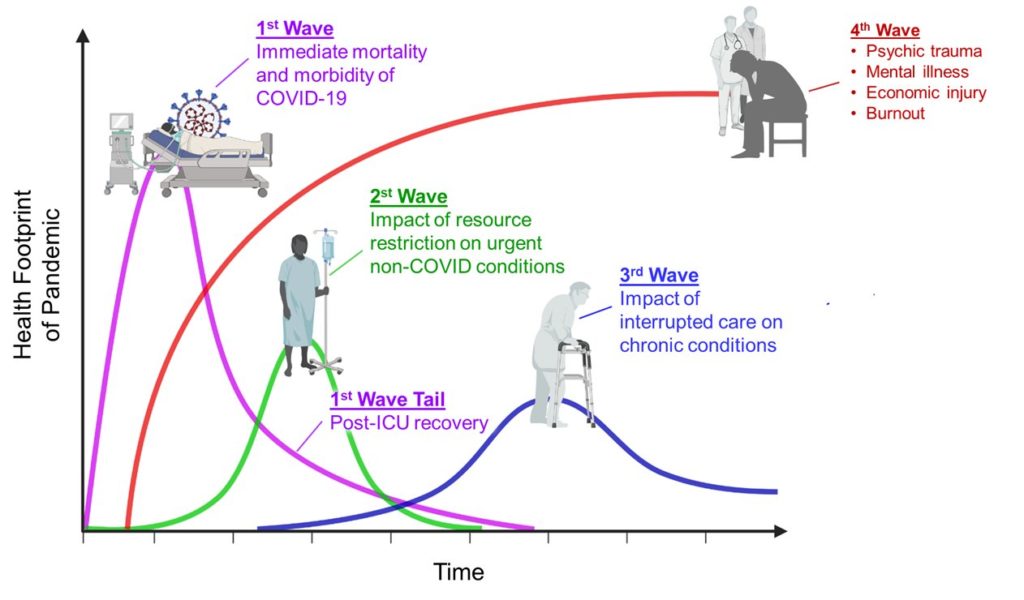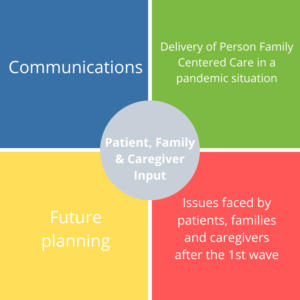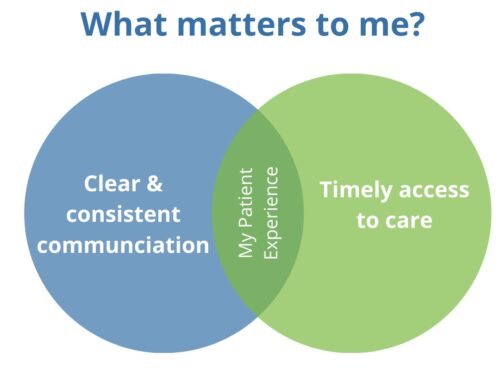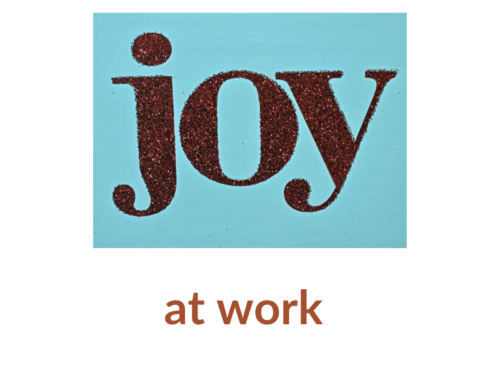Patient* engagement can be defined as “the involvement of the patient perspective in decision making and active participation in all aspects of design, planning, delivery and evaluation of health services at all system levels.”
Unfortunately, with the advent of COVID-19, this definition was challenged as patient engagement in many areas ground to a halt and was put on hold.
As a result, the question has been raised as to whether patient engagement was really as embedded as we thought it was across health care systems and organizations.
As we now move from response to recovery mode, the time arises across health care, to look to the learnings we can take forward from the past months. What can we use for meaningful discussion and leverage to create more solid foundations together for the future?
In patient engagement, how can we embed a “new existence” for actively engaging patients and ensure we engage patient, family and caregiver voices in care by inviting partnership as we step forward? 1
The human-centered waves of the COVID-19 pandemic have been succinctly defined by Dr. Victor Tseng (@VectorSting).

Patient engagement can actively offer the patient perspective across decision making, planning, delivery and evaluation of health services as we move through the 1st, 2nd, 3rd and 4th waves of COVID-19.
It can be an integral partner in the collaborative effort during the COVID-19 pandemic, post pandemic and looking into the future. Patient engagement can also help ensure that Person Family Centered Care (PFCC) is supported and maintained and the impact on patient experience is understood.
When we consider the 2nd and 3rd waves of COVID-19, these directly impact patients, families and caregivers.
Who better to add additional insight to strategy and planning in this unprecedented time than the patient? Patient engagement offers us all the opportunity to ‘come together’, have meaningful discussions about what matters and leverage our learnings for the benefit of patients, health care teams and our systems.
Examples of areas in which Patient engagement can offer valuable insight and perspectives during the waves of COVID-19:
- How have the challenges of access to care (urgent and chronic care) impacted/are impacting patient communities? (2nd + 3rd wave)
- People have not been accessing emergency or acute care or facilities due to fear of COVID-19 or overburdening the system (potential 2nd wave)
- How can clear and consistent communication overcome this challenge and address fears?
- Return to elective surgeries, outpatient clinics and appointments
- How do we best acknowledge and address the fears and anxieties of re-entering the hospital system that may exist?
- How to communicate new waitlists and support the backlog that has resulted due to the lockdown?
- What is the current impact of Psychic trauma and mental health in the patient, family and caregiver community? (4th wave)

Looking into the future, patient engagement offers the chance to collaborate on determining and understanding issues faced by patients after COVID-19. The lessons we are currently learning can also be applied to the patient engagement realm as we partner to assist in planning for emergency, pandemic and related situations in the future.
Now is the time to switch gears on patient engagement, from “on hold” or “go slow” to “accelerate.”
Let’s seize the moment and the opportunity to build solid structures and processes (even if they look different from before) to ensure the next time our foundations are rocked; we stand steady together.
#patientengagement #covid19 #patientpartnership
*the term patient refers in general to patients and is inclusive of family and caregivers
References






Leave A Comment